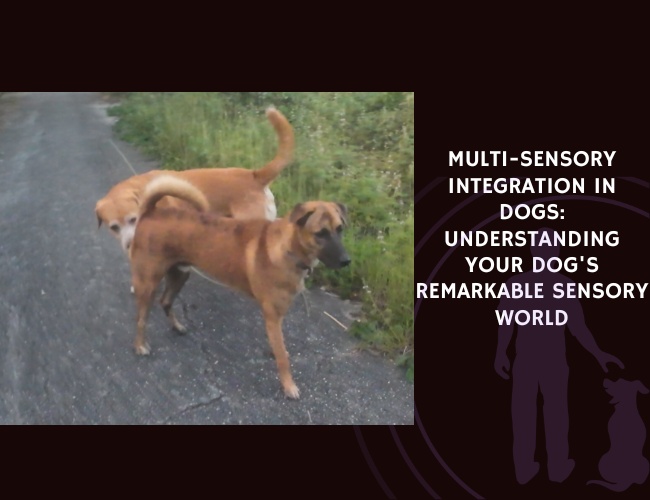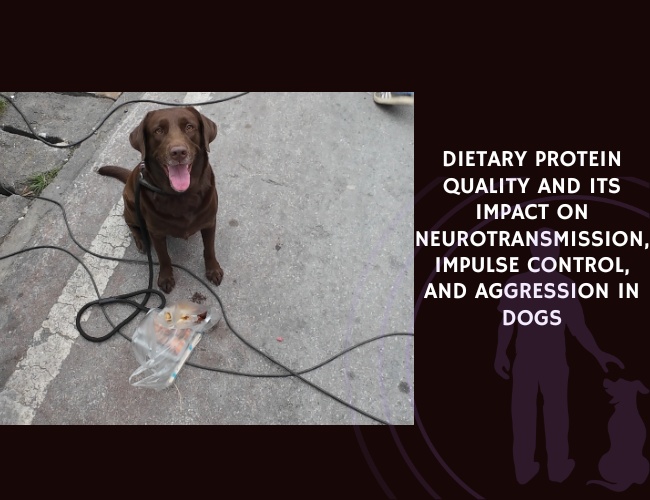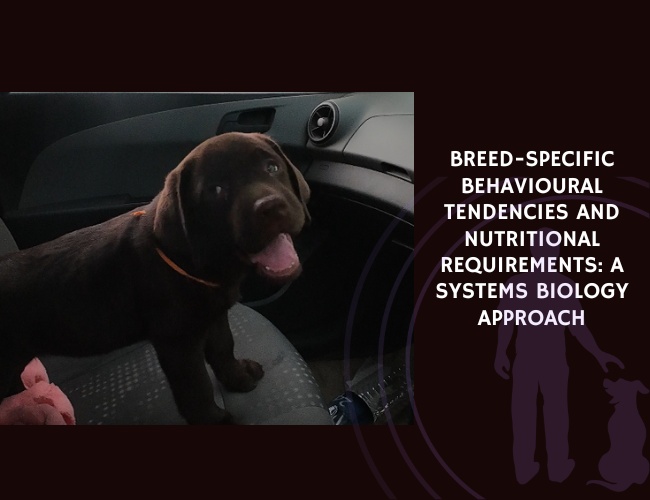Dogs have long been admired for their ability to interpret human communication, but how early these skills develop—and whether they are learned or inherited—has remained a subject of debate. A new study by Emily E. Bray and colleagues sheds light on this question by examining social cognitive traits in 375 eight-week-old puppies.
Without requiring any prior training, the puppies displayed a remarkable ability to follow human gestures, such as pointing, and paid significant attention to human faces. These results suggest that dog–human communication skills do not depend on learning through exposure but instead emerge early in life, consistent with the idea of a biological predisposition.
Notably, the researchers found that more than 40% of the variation in behaviors such as gesture-following and face attention was attributable to genetic factors. The study provides compelling evidence that dogs are evolutionarily equipped to engage with humans through cooperative-communicative cues from a very young age.
This innate skill set may help explain why dogs are so effective as companions and working animals. The authors emphasize that while environment and training still play important roles in development, the foundation for dog–human social bonding appears to be genetically rooted and already active by eight weeks of age.
These findings highlight the importance of early human interaction with puppies, not necessarily to teach them communication, but to support and reinforce behaviors they are already primed to exhibit.
Source: Emily E. Bray, Gitanjali E. Gnanadesikan, Daniel J. Horschler, Kayla M. Levy, Brianna S. Kennedy, Thomas Famula, and Evan MacLean. 2021-03-17. “Early-emerging and highly heritable sensitivity to human communication in dogs.” Current Biology, 31, 3132–3136.e5. https://doi.org/10.1016/j.cub.2021.05.041










